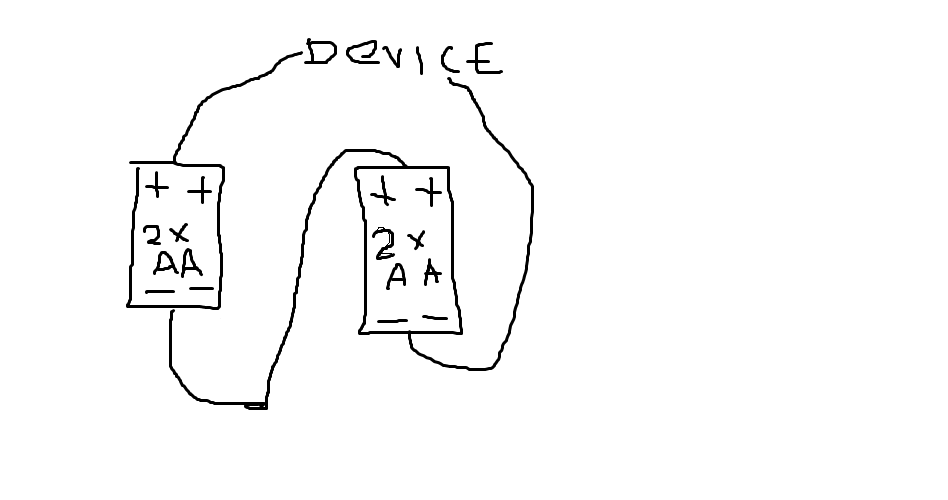Thanks for designing this! But I'm having a hard time getting it made. Primarily because of the 0.2mm hole size and there are 2 masks for each of the top and bottom (and I think the PCB manufacturers are having a hard time reading Russian). Has anyone else experienced this or have any of the files been modified since this was posted? I have tried several houses and they come up with the same problems and those that have been able to make it work change the price to about $10 per board because of the hole size.
thecricketer
Posts
-
💬 EFEKTA BME280 Sensor -
Jumpering IC pinsWell the replacement regulator datasheet says that pin 5 its not connected to anything so I'm assuming that it doesn't matter. With regard to the PCB, I don't know the answer to that and didn't really consider that. I don't have the actual schematic but my understanding is that all Arduino Mini Pro's are made from the same schematic so if so, pin 4 per the schematic is "bypass" and is not attached to anything on the PCB.
-
Jumpering IC pinsI have a bit of an issue. I’d like to replace the voltage regulator on an 5v Arduino with a 3.3v regulator. Both are 5 pin and the input on both is the same pin (pin number 1). 2, 3 and 4 are also unused on the 5v with the output on pin 5. My problem is that on my regulators the output pin is 4 and 5 is unused. In this case can you just jumper pin 4 and 5 with a small wire on the new regulator since 5 is unused but on the PCB that is where the output needs to be?
-
💬 EFEKTA Motion sensorHow does one just order the PCB and not all the components? I do not see an option for that, just an option to order assembled.
-
Voltage regulator differencesStill trying to expand my skill set. Using the newbie PCB, I need to have a regulator to take the 5v output of a mini pro down to 3.3 for the radios. Looking around I see several options. Ld1117, lm317 and lm33 are a few of them. Looks like they all take it down to 3.3v. After researching online there are many opinions as to which to use. I’m still learning and some (most) of these words are foreign to me but can someone explain the differences between the 3? Or is there a better option? Thanks in advance.
-
Running a 5v Arduino at 3.3v on batteryThank you and please forgive me but how does that integrate with my problem to create a solution? Or what would I do with that? Thanks so much and please forgive my ignorance.
-
Running a 5v Arduino at 3.3v on batteryI have researched this and have found multiple answers to this question. Some say that you just change the programming, some say that you just go as is, some say you have to change out the oscillator. So while this is probably one of those discussions like politics or sports (i.e., there is going to be a lot of different opinions) I'd like to get as close to a definitive answer as possible.
I purchased 10 5v boards at $4 ea as the 3.3v version was not available. This isn't all bad since if I ever did want to run them at 16MHz, the option is there, but for now I just want to run them on 2 AA batteries @ 3.3v as they are going to be for simple sensors and would also like to get maximum battery life out of them.
Questions: How is this accomplished? What should I do? If you are able to do this via a step up converter, will you essentially get the same battery life as if you were running a regular 3.3v arduino?
Thanks so much in advance for your help and sorry for the duplication of questions. Just trying to get a fresh perspective instead of piecing together other threads.
-
Newbie alert: sensor data not showingI toyed around with this project some time ago and put it down but recently picked it back up. I build my first serial gateway (RPi) and also my first sensor was for temperature/humidity (Arduino Nano). I followed everything by the book and everything talks no problem. In the openHAB log the sensor is sending data every 2 minutes and I can see it updating. Awesome! Yay me! Here is my question. How do I “see” the data? When I go into HABmin or any of the UIs, if I try and add a widget or a gauge, there is nothing there to “select” or tie it to. No sensors show up, etc. I know it’s updating the data but what am I missing?
-
Powering sensors with a combination of parallel and series batteriesQuick question. I have several 3.3v systems that I am powering with 2xAA batteries wired in series. My only concern is battery life and am considering swapping those to parallel resulting in 1.5v but having ~4-5k mAH. Clearly this would be a problem due to the voltage. My question is, can I take 2 batteries and put them in a housing wired in parallel and then wire that housing in series to an identical housing (also wired in parallel) and that result in a 3v and 4-5k mAH system? Please see my ridiculous diagram below. There is probably a much easier way out there that I am unaware of and I'm still REALLY new to this so I apologize, but I would like to learn.!

